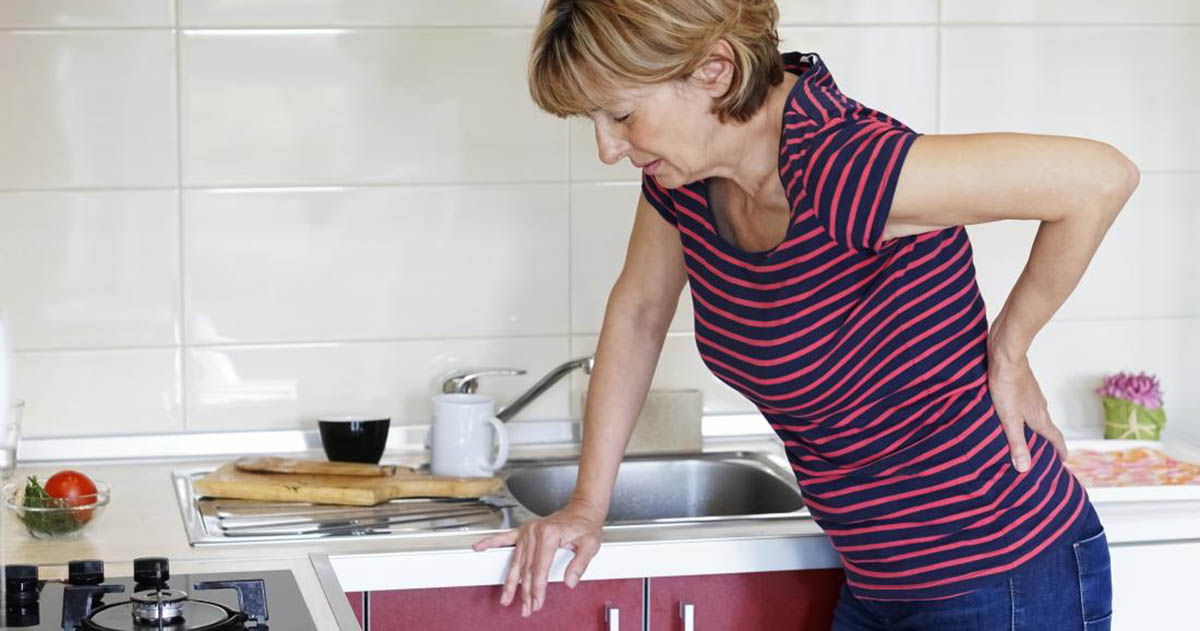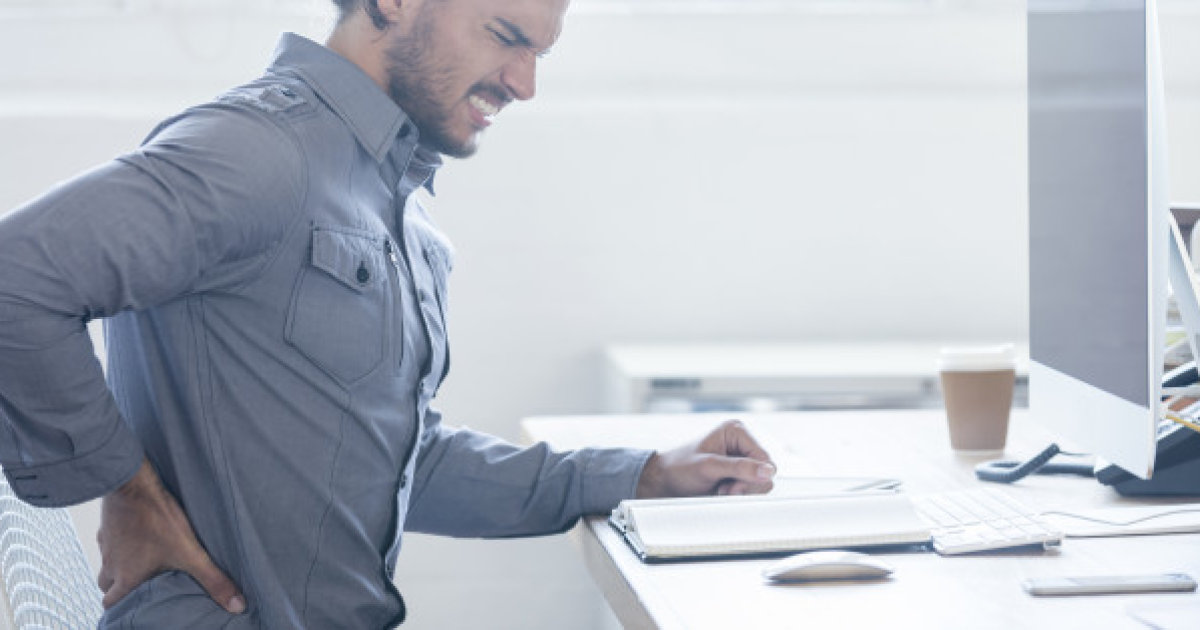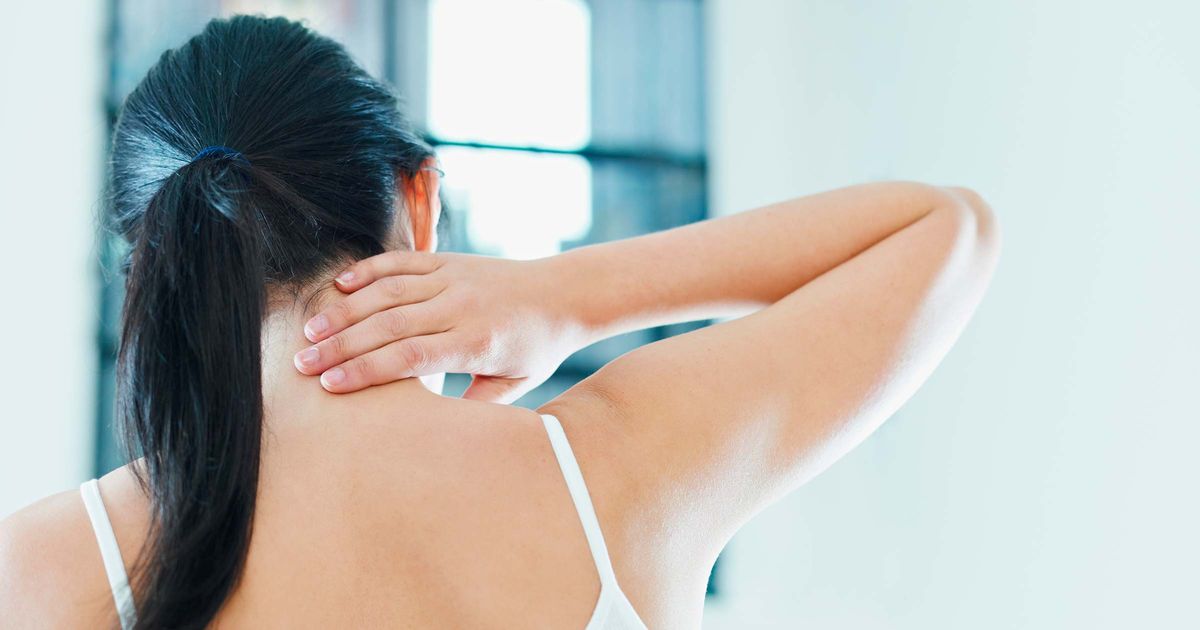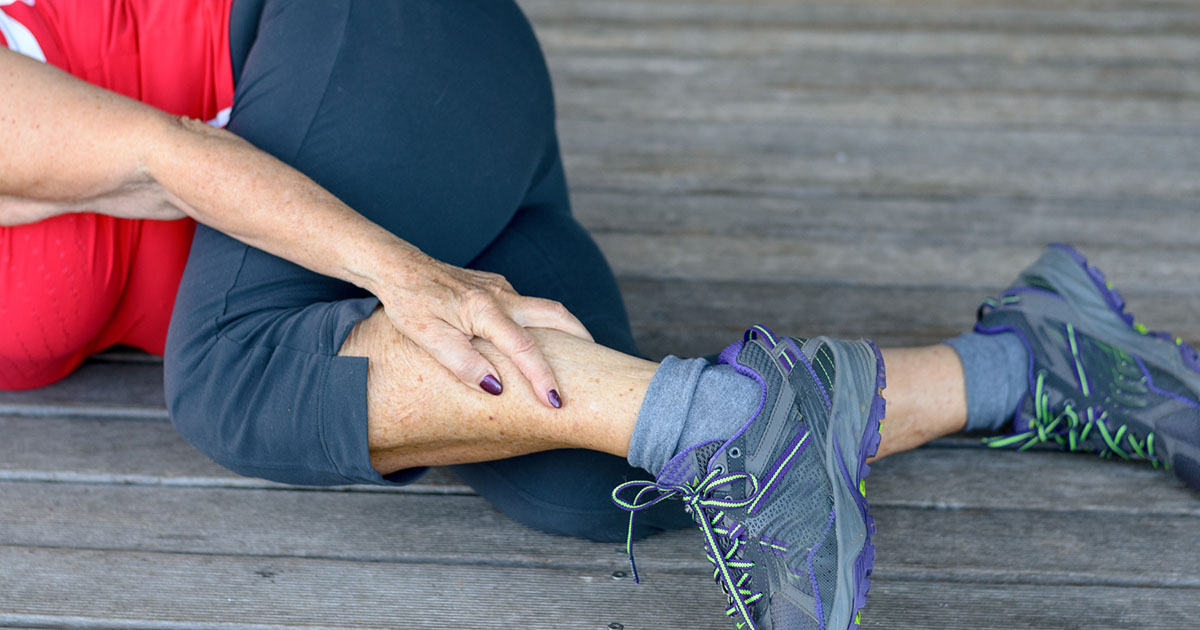Warning Signs Of Kyphosis
Three main types of kyphosis exist, including Scheuermann’s and congenital kyphosis. Many varieties of kyphosis do not require any type of treatment. But if an individual suffers from Scheuermann’s or congenital kyphosis, surgery may be recommended for treatment. Kyphosis occurs when the natural curve of the spine is bent forward. Therefore, kyphosis is a deformation of the upper back of the spine that causes a significant outward curve. Scheuermann’s kyphosis occurs during adolescence and remains caused by a deformity of the structure of the vertebrae of the back. Individuals with Scheuermann's kyphosis have a higher tendency to develop scoliosis. A patient with this type of kyphosis needs to display at least five degrees of a wedge in front of three neighboring vertebras when observed using an x-ray. Congenital kyphosis occurs less frequently than the other types of the disorder and is caused by an abnormal growth of the spine before birth. Get to know the warning signs of this condition now.
Poor Posture With Hump Appearance

Some individuals, especially older women, can tend to form a dowager’s hump as they age. This hump will look like a back that has an exaggerated curve, and like poor posture with hump appearance. While the curvature remains mild, there are few problems or physical effects felt. If the curve becomes more pronounced, more health issues and pain may occur. Focusing on proper posture and assistive exercises and devices help patients with kyphosis improve their posture and rid themselves of some of the more annoying symptoms of having poor posture with a hump appearance to their back. Physical therapy and regular exercise can strengthen the back muscles and hold an individual’s spine in the right position. Once a person sees their doctor, the doctor can help the individual with poor posture and a hump find the right exercises and medicine to improve their back health.
Reveal more of the warning signs of kyphosis now.
Muscle Fatigue

Muscle fatigue occurs during abnormal kyphosis. When the back does not routinely work as it should, the muscles holding it in place become stressed and uncomfortable. Also, these muscles lose the strength to function properly and grow fatigued, so it’s harder to have proper posture. Treating the muscle fatigue issues that surround kyphosis is usually done with braces and exercises. After a full examination has been performed, and a diagnosis of abnormal kyphosis made, physical therapy helps the patient regain some of the strength they may have lost by slouching or by being bent over. Two yoga poses that work well to build back muscles are the cobra pose and plank pose. Variations of these poses exist so an individual rebuilding their back muscles may start gently and work up to the harder versions of these poses that require more strength. Massage is also useful in relaxing fatigued muscles.
Keep reading to learn about more kyphosis symptoms.
Back Pain

The back pain of abnormal kyphosis occurs because the spine is out of alignment. Pressure placed on the nerves increases the pain. If the patient has lower levels of kyphosis with pain in the back, treatment includes levels of assistance that help correct posture and relieve pain, including back braces and physical therapy. This combination of treatments remains especially useful when used with young individuals with the disorder. Osteoporosis treatments also help reduce pain, such as dietary changes. Surgery also is used to help individuals with significant pain in their backs, or with an extensive curve in the back that causes breathing difficulties or problems with movement. One of the operations performed to relieve pain in the back is spinal fusion.
Get to know another kyphosis now.
Stiffness

Abnormal kyphosis stiffness includes both the muscles and the spine. Measurements of the spine should be taken to determine if the spine is stiff due to kyphosis or for another reason. Also, measurements of the spine will be used to indicate the amount of change at the beginning of treatment as compared to after treatment has progressed. A surveyor’s flexicurve may be used to measure the spine’s curvature. Exercise remains one of the critical ways to soothe stiff muscles and relieve pain in many chronic conditions, and the same method remains true when clinical intervention is needed for a stiff body with kyphosis. Exercise remains an excellent treatment for stiff muscles that benefits both young and older individuals with stiff muscles due to abnormally curved spines.
Continue to uncover another symptom of kyphosis now.
Loss Of Sensation

Any unusual body sensations need to be quickly addressed by a physician. Postural changes like abnormal kyphosis can cause severe symptoms such as weakness, tingling or numbness in their back, legs, and arms. Other indications of a significant case of kyphosis or deterioration in an abnormal kyphosis patient’s condition include loss of sensation, numbness, or tingling needs a referral to an orthopedic specialist. Once an orthopedic specialist has had a chance to run tests, take images, and physically observe a patient, the physician can then make further recommendations for treatment that will hopefully improve the symptoms of tingling and sensation loss. Two other severe complications of worsening abnormal kyphosis include being short of breath and chest pain.